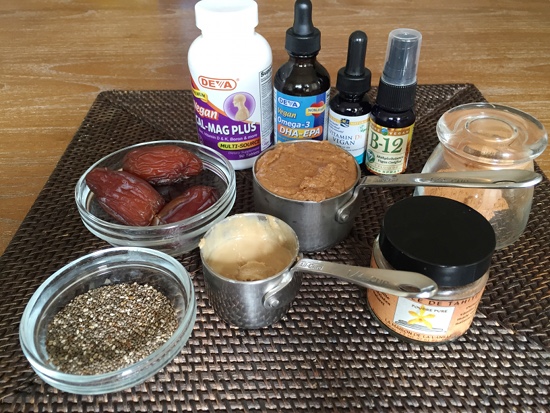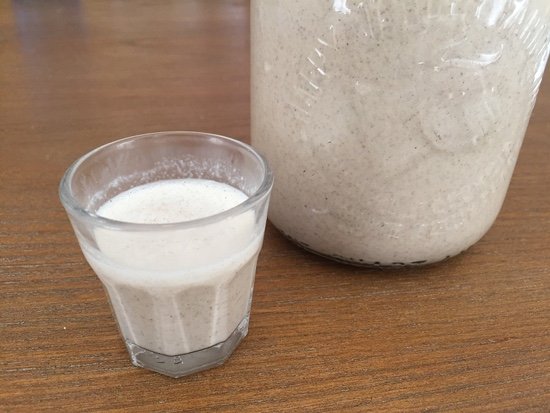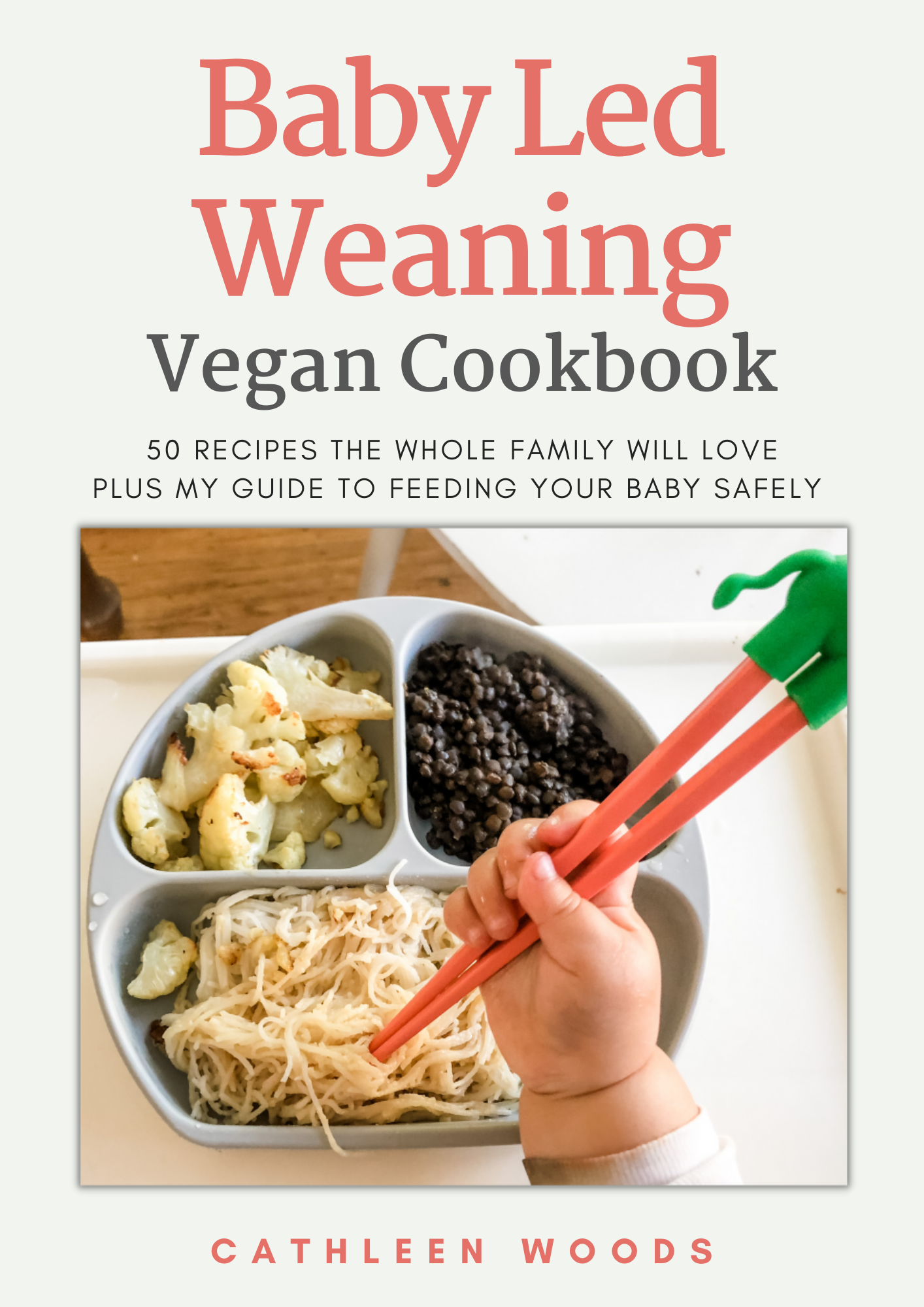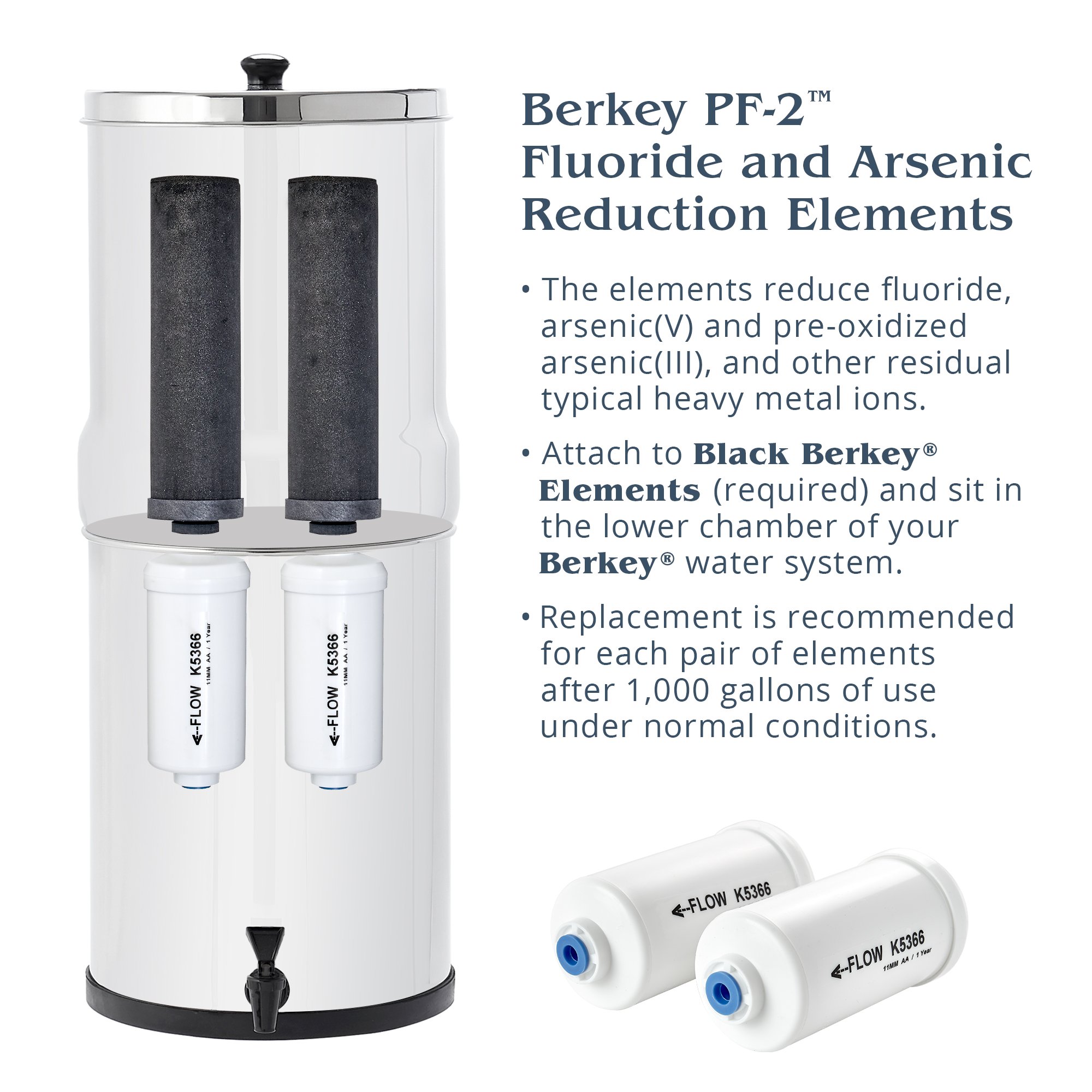FTC Disclosure: If you make a purchase via a link on this site, I may receive a small commission on the transaction - at no added cost to you - this is my side job to being a mom and it helps to support our family, so I greatly appreciate it!
Homemade Fortified Almond Milk
Loaded with Nutrients
I started making homemade fortified almond milk when my first daughter was around 2.5 years and I noticed a significant decline in my milk supply. She’d still nurse, but she had all kinds of acrobatics and hijinks to try to get my “milky” to flow more freely.
Around
this time she also really liked to pour our boxed almond milk into a small cup
and take it to the table to drink it. Eventually my poor mom brain connected that I could use the almond milk as a nice transition away from my breast milk while she was still interested in drinking milk.
I want to stop and make a declaration here...
I do not believe that children need to drink milk of any kind. Clearly I think cow’s milk is unhealthy for them, but I also don’t think we need to substitute it with anything else. A child can get absolutely every nutrient they need from real food and without a need for drinking some of their nutrients. Even calcium!
However, since milk is ubiquitous in our society and because we already add it to cereal most times and oatmeal sometimes, and because we bake and cook with it, she was exposed to milk and happened upon the idea of drinking it as a special treat. I decided that if she was going to drink it, I could fortify it in the same way that boxed and bottled milks sold in stores are fortified, but without having all the gums and stabilizers that are necessary to sell a shelf-stable nut milk.
You might feel differently and maybe you really want milk that your child can drink that compares to what other children are drinking. I like that idea too. It never hurts to have some ammo for any skeptics in your life. Something along the lines of:
Concerned Mom: “What do you use instead of milk? Aren’t you worried about her getting enough calcium?”
You: “Oh, I make my own fortified nut milks. And she eats tons of broccoli, greens, beans, and fruits that give her plenty of calcium.”
Almond Milk vs. Cow's Milk
So how does my homemade fortified almond milk compare to cow’s milk?
Whole milk has 300mg of calcium per 1 cup serving, according to UCSF. A serving of this exact recipe of almond milk without any vitamin supplementation has 150 mg of calcium. This is about half what cow’s milk has, but don’t forget that plant-based calcium is easier for the human body to absorb than cow’s milk calcium because diets higher in protein cause more calcium loss.
Also, there’s evidence that societies with very low calcium consumption rates have the lowest rates of bone loss and osteoporosis, so even though it’s been drilled into our heads since birth that calcium is necessary to build strong bones, the opposite is likely true.
The government says a child between 1-3 should get 700mg of calcium daily, a 4-8 year-old should have 1000mg, and a 9-18 year-old should get 1300mg of calcium. That’s a lot!
If you really want your fortified milk to compare 1:1 to cow’s milk, you could add a calcium supplement into the almond milk. You might also want to look at my recipe for soymilk because soybeans are stacked with calcium. A serving in that recipe gives you 270mg of calcium, which is nearly the same as whole milk.
Additionally, almond milk has fiber whereas cow's milk has none.
The ratio of calcium to magnesium in cow's milk is also problematic. In breastmilk, the ratio is 1:1, but because there is 3 times as much calcium in cow's milk than breastmilk and a negligible amount of magnesium, that 3:1 ratio creates a huge imbalance for anyone drinking cow's milk. Magnesium is the key to our bodies actually absorbing and using calcium, so though cow's milk has a lot of calcium, a person drinking it should not expect that they are ingesting more calcium than someone who consumes plant-based sources of calcium.
Calcium from Plant Foods
Here are a few quick ideas for plant-based food loaded with calcium:
- ½ cup of firm tofu: 253 mg
- 1 cup of white beans: 160 mg
- 1 cup of collard greens: 266 mg
- 1 cup of butternut squash: 84 mg
- 2/3 cup of raisins: 53 mg
You can see that if your child eats a variety of fruits, vegetables, beans, and whole grains they will get be eating enough calcium. Find more ideas on calcium-loaded plant foods here.
My Old Almond Milk Method
My old method for making almond milk was labor intensive, and as a mom, I wasn't sure I'd have the time to do that on a regular basis. I’ve always made almond milk by soaking the nuts and then blending them and straining the mixture through a nut milk bag. What I didn’t like about this was all the almond pulp (called okara) that was going into my compost or that I was trying to use to bake biscotti or something else creative. It’s the same reason I’m a skeptic of juicer juicing and prefer blending to make juices. I don’t want to lose all the fiber and pulp in my food.
To me, my almond milk seemed like a watered down almond puree. Granted, it’s delicious, and it tastes like almonds, and of course it tastes better than anything I can buy in a store. But it’s still losing most of its almond goodness.
One night on pinterest I found the solution… making homemade fortified almond milk from almond butter!

This is an idea I had almost grasped before, because I have
this tahini sauce I love where I add water and it makes it looser and creamier, like a milk.
I do the same thing when I make peanut sauce. I’ve thought about this a hundred
times before but never jumped over to the idea of using the same method with
milk.
I tried it, and it’s glorious. It has the same almond flavor, but it’s thicker and creamier and I am not sacrificing any nutrients. It’s also incredibly simple. Instead of the whole straining business, I just add homemade almond butter to water and blend away. Instant almond milk.
The only drawback is that soaking the almonds helps to make the nutrients in them more absorbable. I don’t have a solution for this yet. I imagine it would involve soaking the almonds, then dehydrating them, and then starting over by making almond butter from there.
How to "Fortify" Almond Milk
How do I "fortify" almond milk?
There are a few methods to fortifying. The first is to simply add the supplementary vitamins into the blender, and the second is to add additional nuts and seeds to milk for a more food-based milk. You can also combine both methods into a calcium packed mega milk.
If you have a strong blender like a Vitamix, it’s incredibly simple to add vitamins into your milk. You can also add the spray vitamins like DHA-EPA and B12 into the actual cup or bottle to make sure those truly get eaten.
The CDC requires that milk be fortified with vitamin D and vitamin A. You should be able to get good vitamin D from about 15 minutes of sunshine a day, but during the winter or for those worried about skin damage, it’s a good idea to supplement it. Vitamin A is readily available in orange fruits and vegetables like sweet potatoes, carrots, butternut squash, and oranges.
As a long time vegan, I do add vitamin B12 into the mix. To make this similar to cow’s milk, you can add calcium. I also think it’s a good idea to add omega-3 fatty acids for growing children. These are the supplements I recommend:
- Nordic Naturals vitamin D3
- Pure Vegan B12 Methylcobalamin Spray
- Deva DHA-EPA Spray
- Deva Calcium Magnesium pill
I want to explain why I add these particular supplements to our diet, and I’m going to give a few articles that I like in case you want to learn more about each one.
Dr. Fuhrman has a nice explanation of the difference in the D vitamins. The short version is that while the more potent version, D3, was not vegan in the past, researchers have found that lichen is a source of vegan vitamin D3 and so now we can take this version, which seems to work better.
For years I was taking vitamin B12 derived from cyanocobalamin because it was readily available. Eventually I learned that we should avoid that version because it is a synthetic B12 made with cyanide. Yes, the poison cyanide. Instead I now take B12 from methylcobalamin, which is the easiest for our bodies to absorb the most amount of it without forcing the body to remove the cyanide first. I like this article for more information on the differences between the two forms of vitamin B12.
“Omega-3 fatty acids” is one of those buzz phrases in the nutrition world, and it’s almost always associated with fish oil. Of course, fish oil nowadays is not only derived from animals (not vegan!), but it’s loaded with antibiotics, pollution, has an imbalance of fatty acids because of the factory farming on fish, and is overall disgusting. (Here’s PCRM’s explanation.) Instead I like to use flax oil to get my fatty acids. However, flax is loaded with alpha-linolenic acid (ALA) and in order to target the eicosapentaenoic (EPA) and docosahexaenoic (DHA) acids, I like to supplement with this spray. WebMD has a nice article on omega-3s.
And finally, the reason I recommend a calcium tablet that comes with magnesium is because magnesium makes calcium easier to absorb and metabolize. Taking a plain calcium pill without balancing magnesium can actually lead to risk of heart disease. You also need magnesium to absorb vitamin D. Guess what? A well-balanced vegan diet has tons of magnesium; from foods like leafy greens, whole grains, beans, and nuts like almonds. Mercola explains magnesium really well.
Homemade Fortified Almond Milk Recipe
Makes 3.5 cups of homemade fortified almond milk
- 4 cups filtered water (we use a Berkey)
- ½ c. almond butter (check out my recipe for homemade almond butter)
- 2 Tbsp. chia seeds
- 2 Tbsp. tahini (or make your own by grinding sesame seeds)
- ¼ tsp. cinnamon
- 4 dates (you can add more or less depending on how sweet you want it)
- 1 vanilla bean (optional)
- 1 Brazil nut
Combine all the ingredients in a high powered blender and whirl on high until it’s completely mixed together and smooth. Store in the refrigerator for no more than 3-4 days… there are no preservatives in this milk!
Nutrients in Almonds:
- ½ cup of almond butter equates to ¾ cup of whole almonds:
- 188.25 mg of calcium
- 8.25 mg of fiber
- 21.98 mg of monounsaturated fats
- 8.63g of polyunsaturated fats
- 15 g of protein
- 18.68 mg of vitamin E
- 191.25 mg of magnesium
- 409.5 calories
- 35.25 g of total fat
There's calcium in things like cinnamon too, so these are great add-ins:
- 2 Tbsp. of chia seeds is 129 mg of calcium
- 2 Tbsp. tahini is 119 mg calcium
- ¼ tsp. cinnamon is 12.6 mg calcium
- 1 vanilla bean is 11mg calcium
- 1 Brazil nut is 8 mg calcium, 95.9 mcg selenium (157% daily value)
- 1 ounce hemp seeds is 28 mg calcium, 179mg magnesium
- 1 Tbsp. flaxseeds is 17.9mg calcium
Fortified Almond Milk Variations
Spiced Almond Milk
- 4 cups filtered water
- ½ c. almond butter (check out my recipe for homemade almond butter)
- 2 Tbsp. chia seeds
- 2 Tbsp. tahini
- 1/2 tsp. cinnamon
- ½ tsp. cardamom
- 2 tsp. coconut nectar or date syrup
- 1 vanilla bean or 1 tsp. vanilla extract
- 1 Brazil nut
- 1/8 tsp. sea salt
Creamsicle Almond Milk
- 4 cups filtered water
- ½ c. almond butter
- 2 Tbsp. chia seeds
- 2 Tbsp. tahini
- ¼ c. blueberries
- 8 dates
- 1 vanilla bean or 1 tsp. vanilla extract
- 1 Brazil nut
- lavender essential oil
- orange essential oil
- sea salt
Caramel Apple Almond Milk
- 4 cups filtered water
- ½ c. almond butter (homemade almond butter)
- 1 small apple
- 2 Tbsp. chia seeds
- 2 Tbsp. tahini
- 8 dates
- 1 Tbsp. blackstrap molasses (adds 172 mg calcium)
- 1 vanilla bean or 1 tsp. vanilla extract
- 1 Brazil nut
This recipe has a link for Vitamix, and because I'm affiliate for them, if you click that link and decide to buy a blender, I get a commission. I will use it to help support my family, I promise! But seriously, I'm really picky about choosing affiliate relationships and only recommend products I absolutely love, so you can be sure that I adore my Vitamix. I use it almost daily.
Sources
*https://www.ucsfhealth.org/education/calcium-content-of-foods
- Home
- Vegan Food Pyramid
- Almond Milk Recipe








New! Comments
Have your say about what you just read! Leave me a comment in the box below.